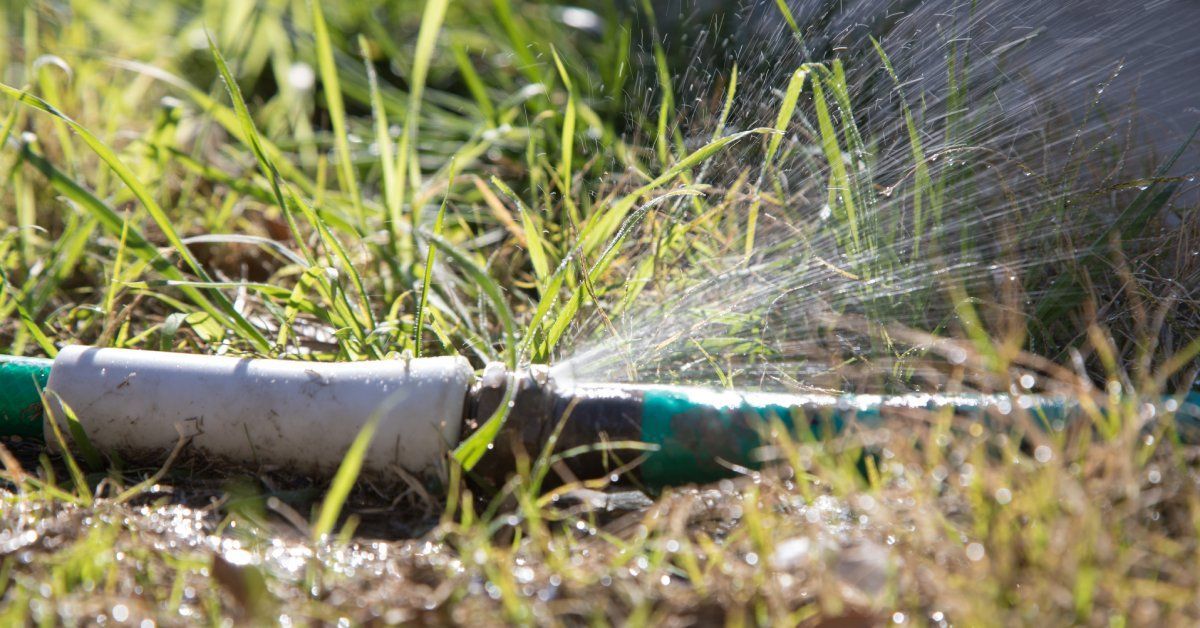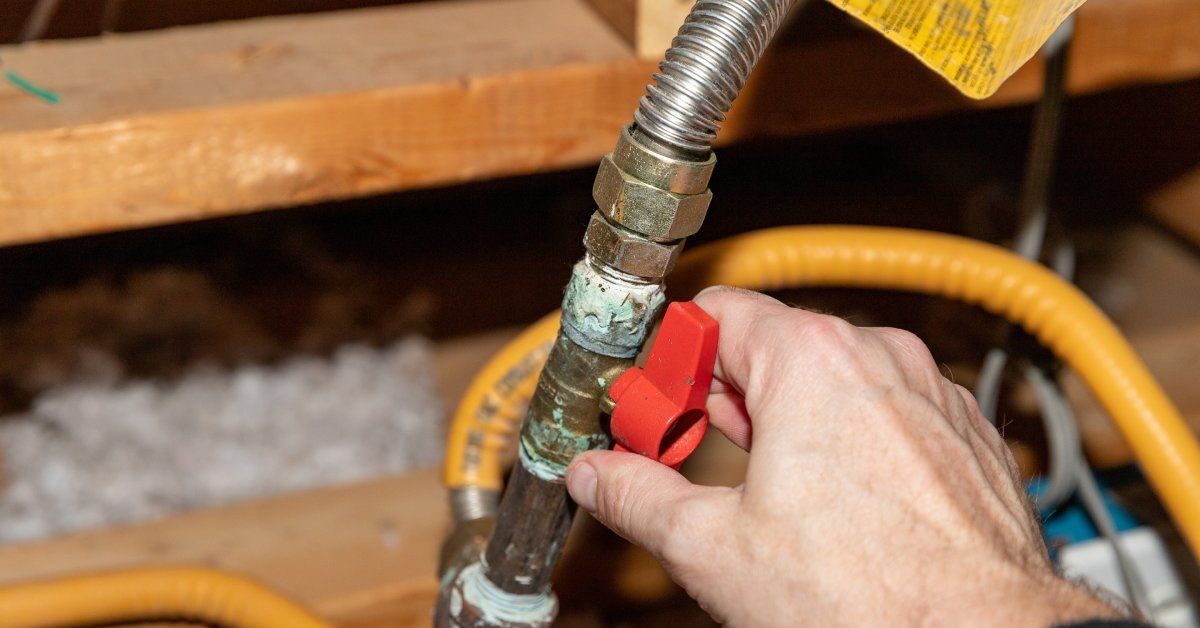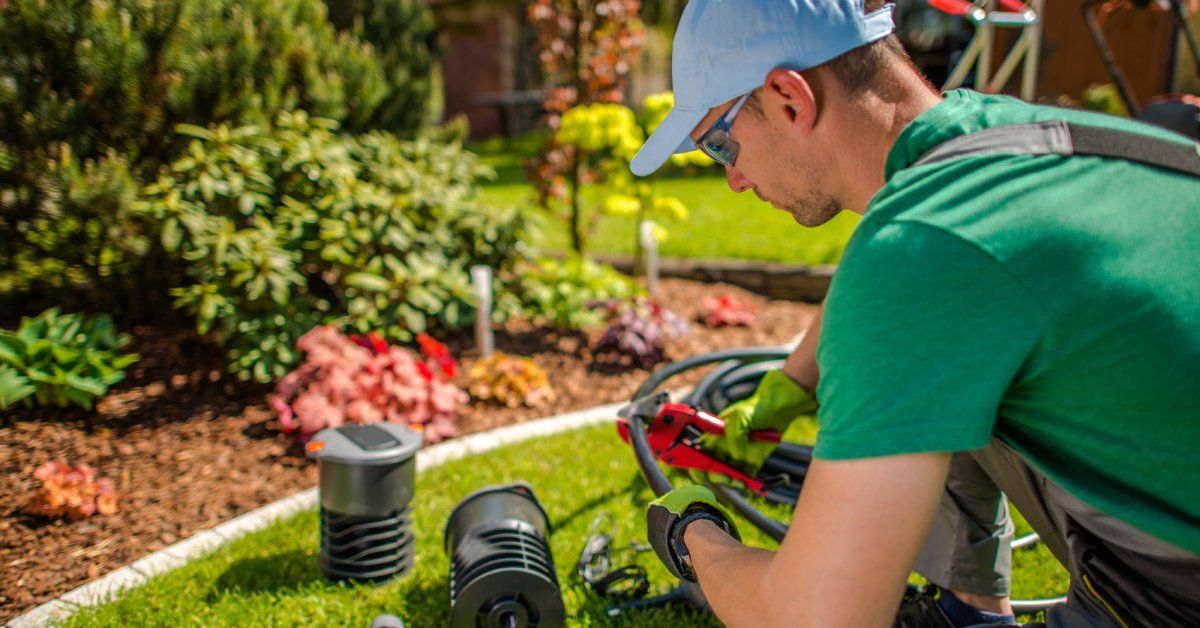What To Do When Your Irrigation System Fails

Maintaining a reliable irrigation system keeps your lawn and garden vibrant, efficient, and water-smart. However, even the best irrigation systems can face issues over time. Knowing how to handle these problems quickly helps you keep your landscape healthy and your water usage in check. Recognizing irrigation problems, troubleshooting common issues, and knowing when to call for professional support can save your lawn and save you money. Here’s a more in-depth look at what to do when your irrigation system fails .
Recognizing the Signs of Irrigation System Failure
A failing irrigation system often shows warning signs before the problem worsens. You can prevent minor issues from escalating by recognizing these signs early.
Signs of Uneven Watering
If you notice certain areas in your yard that look dry while others appear overly saturated, your irrigation system might not distribute water evenly. Distribution issues can stem from blockages, sprinkler damage, low water pressure, or timing problems. Keep an eye on your lawn for dry patches, wilting plants, or puddles that linger long after the irrigation cycle ends.
Unusual Water Bills
A sudden increase in your water bill could signal an irrigation problem. When you spot an unexpected spike, inspect your irrigation system for leaks, inefficient watering schedules, or malfunctioning components that could waste water. Monitoring your water bill can give you early hints of system issues.
Visible Leaks and Water Puddles
Leaks and water puddles around your irrigation system usually indicate broken pipes, cracked fittings, or faulty sprinkler heads. Look for areas where water pools during or after the irrigation cycle.
Immediate Steps To Take When Your Irrigation System Fails

When your irrigation system fails , knowing what to do leads to prompt action that prevents further damage and helps you save water.
Shut Off the System Safely
If your system fails while pumping water, your first step should be to turn off the main water supply. Stopping the water flow can prevent flooding and keep the problem from worsening. Locate the main water valve for your irrigation system and shut it off to halt the water flow.
Pro Tip
Keeping track of where the shut-off valve is located makes handling emergencies quicker and easier.
Assess Visible Damage
Next, look for obvious damage in sprinkler heads, pipes, and connections. Broken or cracked components often appear around areas of pooled water or where the system no longer sprays effectively. Conducting a thorough check lets you pursue targeted repairs or decide whether professional help is necessary.
Document the Issues
If you don’t notice anything immediately, record the symptoms, including where water pools or fails to reach, to assist with future troubleshooting or when speaking with a professional.
If you do notice visible damage, take notes or photos of it. Documenting the problems will be useful when consulting an expert or explaining the problem by speeding up the diagnosis and repair time.
Common Causes of Irrigation System Failures
Understanding common reasons for irrigation system issues can help you troubleshoot effectively and avoid future problems. Many system failures stem from age, environmental factors, or improper maintenance.
Clogged or Damaged Sprinkler Heads
Debris, careless feet, and lawn equipment can damage sprinkler heads over time, causing them to clog or stop functioning properly. Your lawn might suffer from dry patches or pooling water if the broken sprinkler heads can’t distribute water evenly.
Broken Pipes and Fittings
Pipes and fittings can break due to ground shifts, tree roots, or cold weather. When pipes crack, they often leak or lose pressure, making certain zones of your irrigation system underperform. Broken fittings or joints are another common cause of leaks and uneven water distribution.
Faulty Valves and Timers
Valves and timers control the flow and timing of water through your system. When these components fail due to electrical issues or wear, your irrigation schedule could go awry. Malfunctioning valves might prevent water from reaching certain areas, and faulty timers can lead to overwatering or missed watering cycles.
DIY Troubleshooting and Repair Tips

For minor issues, you can attempt a few troubleshooting steps to fix your irrigation system. Having some basic maintenance skills allows you to solve minor issues efficiently and recognize when to contact a professional.
Inspect the Control Panel
Faulty programming can cause erratic watering, so always verify that the scheduler is working. Check the control panel to ensure the settings haven’t changed. Sometimes, resetting the system to its default settings can resolve glitches. Replace batteries if the control panel relies on battery power.
Clean or Replace Sprinkler Heads
Clear any debris from sprinkler heads and replace damaged ones with new heads. As we mentioned, when sprinkler heads become clogged, they cannot deliver water evenly, causing some areas to dry out. Regularly cleaning and adjusting heads maintains even coverage.
Fix Minor Leaks
If you find a small crack or loose fitting, you can repair it with basic tools. Apply sealing tape or joint compound to small leaks in pipes or fittings. Minor repairs like these prevent larger leaks and maintain system pressure.
When To Call a Professional
Certain irrigation issues require special tools and expertise. When you work with landscape irrigation contractors like Allstate Landscaping, you can save time, guarantee high-quality results, and prevent further damage to your system. Working with professional landscapers like us can help you troubleshoot, understand, and repair complex issues before they worsen. The following problems all require the expert handling of professionals.
Complex Electrical Issues
Professional assistance becomes essential if you experience electrical issues within the control system or wiring. Irrigation systems contain components that can malfunction due to wiring issues or surges. Certified professionals handle these repairs safely and ensure your system operates properly.
Extensive System Damage
When you encounter multiple leaks, severely damaged pipes, or complex repairs, it’s best to rely on expert support. Extensive damage will affect your irrigation system’s efficiency and create more costly problems if you don’t address it immediately.
System Upgrades and Modernization
For extremely serious issues, a full irrigation system replacement could be necessary. A professional can ensure proper installation if you want to replace or just upgrade your irrigation system with advanced technology, such as smart controllers or soil moisture sensors. Experts also offer recommendations tailored to your landscape’s specific needs, helping you make the most of new technology.
